Design thinking exercises our creativity
Entrepreneurs, students and community activists use design thinking to solve complex problems. And through its process of solving problems and conquering challenges, design thinking forces us to exercise our brains as creative thinkers and doers.
A recent article in the Harvard Business Review underlines this point, stressing that coaching can help people become more creative. Of course, “more creative” doesn’t mean that we all have the potential to be the next Leonardo Da Vinci, but with a little help from our friends and colleagues, we can actually jumpstart our creative potential.
How?
While Harvard Business School types may have the money to spend for expensive executive coaching, I believe that practicing design thinking can achieve similar outcomes. Feedback is considered essential to boosting creative confidence. In business, “employees who seek more feedback have been shown to perform more creatively than their counterparts.” Feedback is also essential in design thinking. Every space in design thinking, most importantly prototyping and testing, depend on real-time feedback from those who will ultimately use a product or benefit from a service.
Design thinking forces us to think more creatively. Like a mini business incubator, a design thinker thinks outside the box with wild ideas or combines seemingly unrelated knowledge and practices to come up with a novel product or service. as part of the ideation space. When combining new areas of knowledge, an individual often aspires to acquire knowledge from a new discipline or practice.
This is an important point for educators and students. Find something that interests a person, that fascinates and inspires them, and you will have no problem teaching that person the requisite knowledge and skills necessary to develop and test their idea. Isn’t the type of testing that elicits feedback and builds upon mistakes better than ubiquitous assessments that demand mastery and regurgitation with no consideration of interest?
Design thinkers not only exercise individual creativity, they also work together and enhance team creativity. Team creativity is now and will continue to be a crucial component for success in the workforce.
… knowledge is limited, whereas imagination embraces the entire world, stimulating progress, giving birth to evolution. It is, strictly speaking, a real factor in scientific research. –Albert Einstein
Business people give three suggestions to managers that supports the “creative output” of teams: balance differences and similarities, avoid having too many creatives on the team (leave space for the pragmatists who will actually “transform creative ideas into actual innovations”), and tolerate failure. These suggestions hold true for educators just as they hold true for business people. Students with different personalities and backgrounds are the ingredients of successful teams. That is why student diversity is so important in our schools and universities. Likewise, climbing out of discipline-specific silos can also spark creativity. Why not encourage art students work on a team with science enthusiasts?
Finally, tolerate failure. This is probably the most challenging aspect of letting creativity into the classroom. When individual students and collaborative teams work together to create and implement new ideas, it takes many iterations to make something work or design and implement a successful program. Making time for failure may seem counter-intuitive but it is the stuff of real learning. Design thinking is a first step to opening the floodgates to exercise our brains to think creatively.

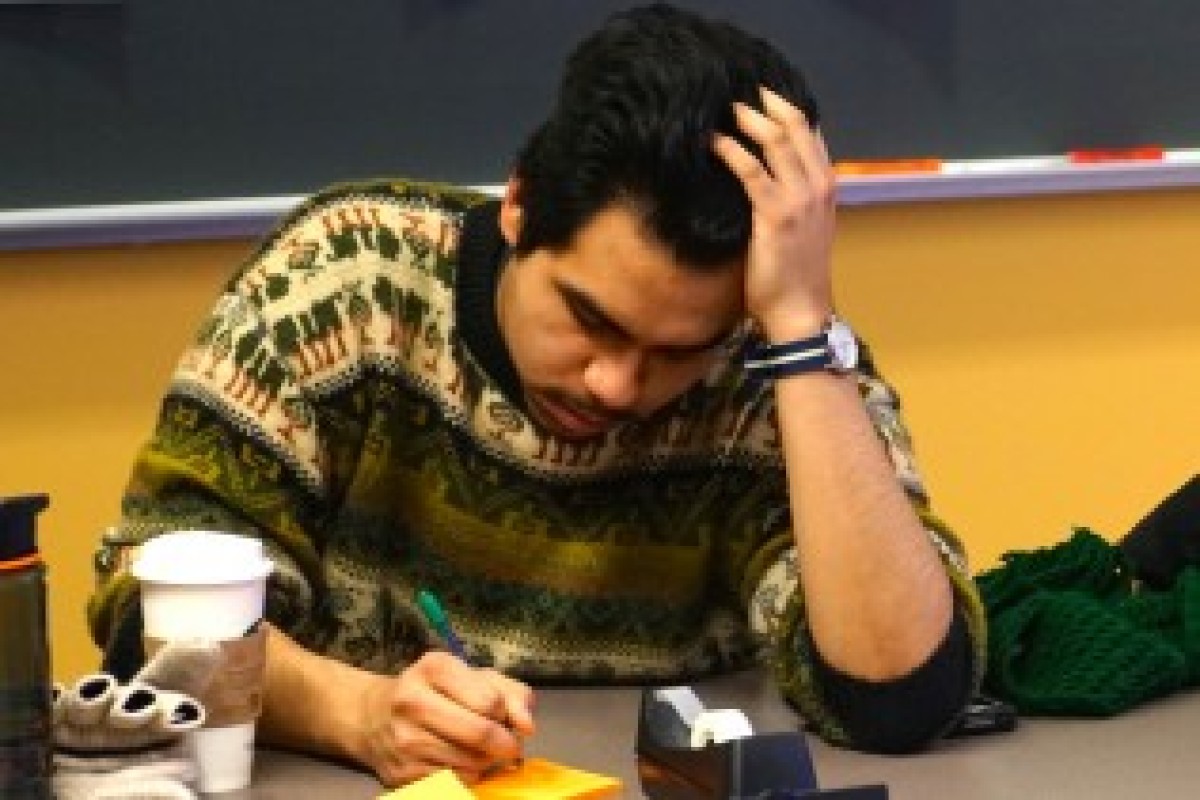



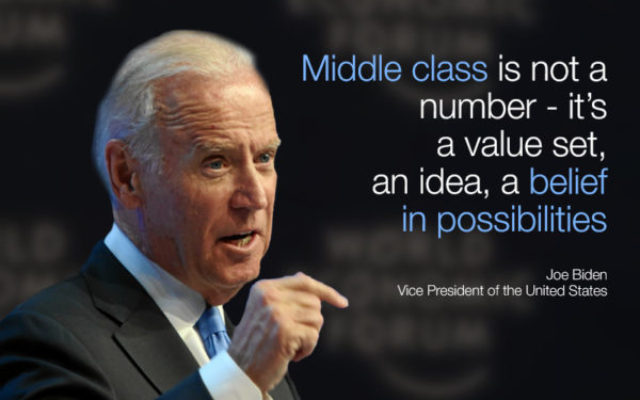

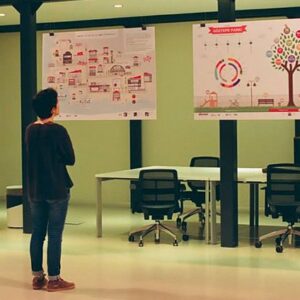


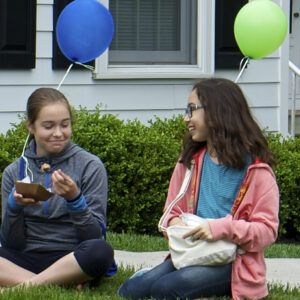

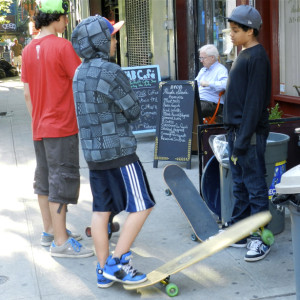
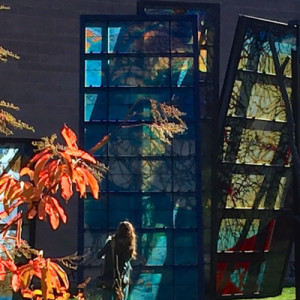
No Comments Yet!
You can be first to comment this post!